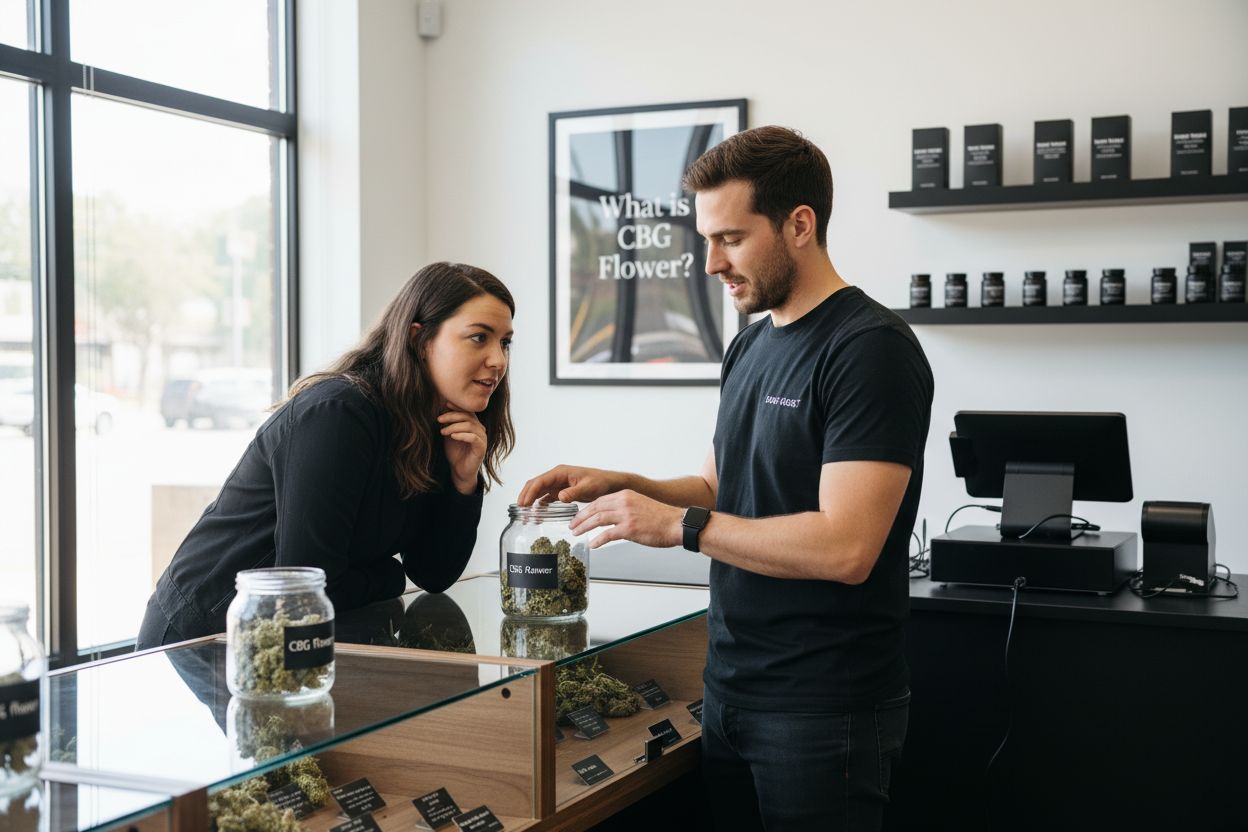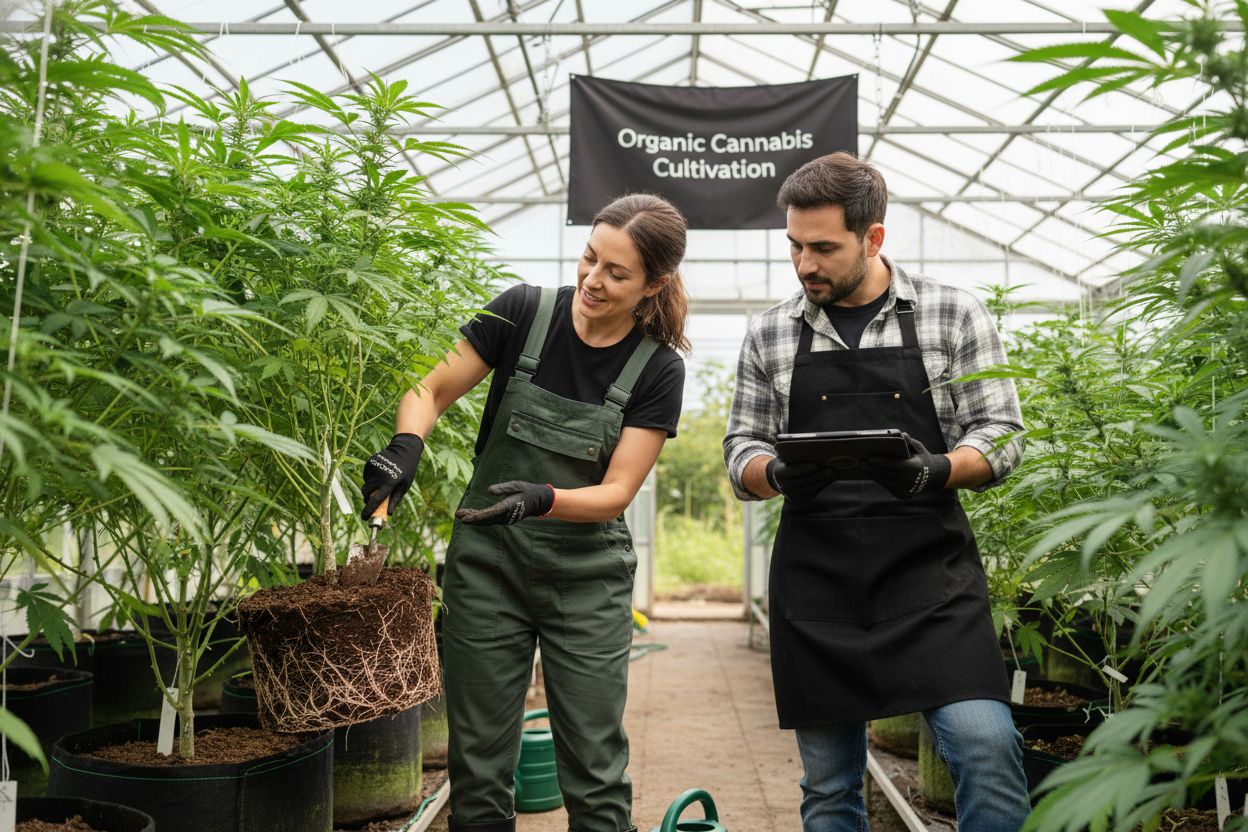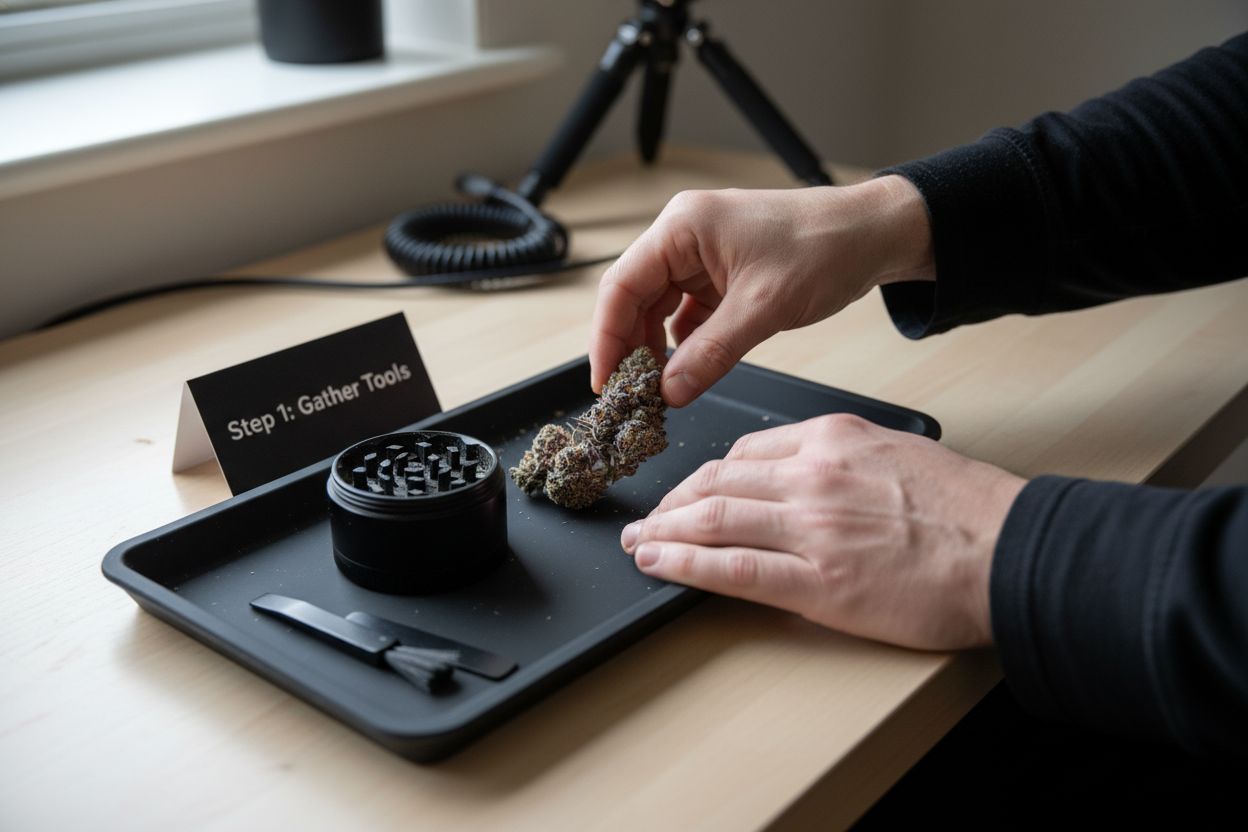Understanding Phytocannabinoids and Their Interaction with the Human Body
Written by Trevor

Understanding Phytocannabinoids and Their Interaction with the Human Body
Synopsis
Phytocannabinoids are natural compounds in cannabis that interact with the body’s endocannabinoid system, influencing processes like mood, pain, and sleep. They can work alone or together in what’s called the entourage effect, where the combined use of multiple cannabis compounds enhances their benefits. Understanding their unique properties helps in tailoring their use for therapeutic purposes.
Phytocannabinoids are naturally occurring compounds found in the cannabis plant. These molecules are central to the plant’s chemical makeup and influence its therapeutic and psychoactive effects. To fully appreciate their potential, it is essential to understand their properties, mechanisms of interaction with the human body, and the implications of their use in isolation or in combination.
What Are Phytocannabinoids?
Phytocannabinoids are a class of cannabinoids produced by plants, primarily in the Cannabis sativa and Cannabis indica species. Over 100 different phytocannabinoids have been identified, with tetrahydrocannabinol (THC) and cannabidiol (CBD) being the most well-known. Other notable phytocannabinoids include cannabigerol (CBG), cannabichromene (CBC), and tetrahydrocannabivarin (THCV).
These compounds are biosynthesized in the trichomes of the cannabis plant, which are small, hair-like structures found on the plant’s surface. The biosynthetic pathway starts with the formation of cannabigerolic acid (CBGA), the precursor to most major cannabinoids. Through enzymatic processes, CBGA is converted into other acidic forms such as tetrahydrocannabinolic acid (THCA) and cannabidiolic acid (CBDA). When these acidic forms are exposed to heat or light, they decarboxylate, resulting in the active forms of cannabinoids like THC and CBD.
 The Endocannabinoid System (ECS)
The Endocannabinoid System (ECS)
Phytocannabinoids exert their effects on the human body by interacting with the endocannabinoid system (ECS), a complex cell-signaling system that plays a vital role in maintaining homeostasis. The ECS is composed of three main components:
- Endocannabinoids: Molecules produced naturally by the body that resemble phytocannabinoids in structure and function.
- Cannabinoid Receptors: Proteins located throughout the body that interact with cannabinoids. The two primary types are CB1 receptors, predominantly found in the brain and central nervous system, and CB2 receptors, primarily located in peripheral tissues and the immune system.
- Enzymes: Responsible for synthesizing and breaking down endocannabinoids.
Phytocannabinoids can mimic or influence the activity of endocannabinoids by binding to these receptors or modulating their effects indirectly. This interaction influences various physiological processes, including mood, appetite, pain perception, immune response, and sleep. For example, phytocannabinoids for anxiety are being researched for their calming effects through ECS modulation.
Key Phytocannabinoids and Their Effects
Each phytocannabinoid has unique properties and interacts with the ECS in distinct ways:
- Tetrahydrocannabinol (THC): THC is the primary psychoactive compound in cannabis. It binds strongly to CB1 receptors in the brain, producing euphoria, altered sensory perception, and potential therapeutic effects such as pain relief and appetite stimulation.
- Cannabidiol (CBD): Unlike THC, CBD does not have strong psychoactive effects. It interacts with CB1 and CB2 receptors indirectly and influences other receptor systems, such as serotonin and vanilloid receptors. CBD is renowned for its potential anti-inflammatory, anxiolytic, and neuroprotective properties. Phytocannabinoids for anxiety, like CBD, are particularly noteworthy for their ability to reduce stress and promote relaxation.
- Cannabigerol (CBG): Often referred to as the “mother cannabinoid” because it is a precursor to other cannabinoids, CBG has shown potential in studies for its anti-inflammatory and antibacterial properties.
- Cannabichromene (CBC): CBC interacts with the ECS and other receptor pathways to potentially support mood enhancement and reduce inflammation.
- Tetrahydrocannabivarin (THCV): THCV’s effects differ depending on the dose. At low doses, it can act as a CB1 receptor antagonist, potentially suppressing appetite, while at higher doses, it may act as a CB1 receptor agonist.
The Entourage Effect
One of the most compelling aspects of phytocannabinoids is their potential to work synergistically, a phenomenon known as the entourage effect. This concept suggests that the therapeutic effects of cannabis are enhanced when multiple cannabinoids, along with terpenes and other plant compounds, are consumed together.
For instance, CBD has been shown to modulate the psychoactive effects of THC, potentially reducing anxiety and paranoia that can occur at higher doses of THC. Similarly, terpenes such as myrcene, limonene, and pinene may contribute to the therapeutic profile of cannabinoids by enhancing their absorption, efficacy, or by providing complementary benefits. This synergy is particularly important when considering phytocannabinoids for anxiety, as the entourage effect may enhance their calming properties.
The entourage effect underscores the potential advantages of using whole-plant cannabis products over isolated compounds. By preserving the plant’s full spectrum of cannabinoids and terpenes, these products may offer more balanced and effective therapeutic outcomes.
 Isolated Cannabinoids: Benefits and Limitations
Isolated Cannabinoids: Benefits and Limitations
While the entourage effect highlights the potential benefits of full-spectrum products, isolated cannabinoids also have their place in cannabis-based therapeutics. Isolated cannabinoids, such as pure CBD or THC, offer a more controlled and consistent approach to dosing. This can benefit those needing specific cannabinoids for conditions or avoiding THC’s psychoactive effects.
However, isolating cannabinoids may also limit their efficacy. Studies suggest that full-spectrum products often require lower doses to achieve the same therapeutic effect as isolated cannabinoids. For example, in one study on pain relief, participants experienced greater benefits from a full-spectrum CBD extract compared to purified CBD alone.
Potential Health Benefits
Phytocannabinoids have been researched for their potential to address a wide range of health issues, including:
- Chronic Pain: THC and CBD are often used to manage pain, particularly in conditions like arthritis, neuropathy, and multiple sclerosis.
- Anxiety and Depression: CBD’s anxiolytic properties have made it a popular choice for managing anxiety, while THC may have mood-enhancing effects in some individuals. Research into phytocannabinoids for anxiety continues to highlight their therapeutic promise.
- Epilepsy: CBD, in the form of the FDA-approved medication Epidiolex, has been shown to reduce seizures in certain types of epilepsy.
- Inflammation: Many cannabinoids, including CBG and CBC, exhibit anti-inflammatory properties that could benefit conditions like inflammatory bowel disease and autoimmune disorders.
- Cancer-related Symptoms: Cannabinoids have been used to alleviate chemotherapy-induced nausea, vomiting, and pain.
Safety and Considerations
While phytocannabinoids have significant therapeutic potential, they are not without risks. THC’s psychoactive effects can impair cognition and coordination, and its long-term use may pose risks for mental health in predisposed individuals. Additionally, cannabis products are not uniformly regulated, which can lead to variability in potency and purity.
For isolated cannabinoids, the main challenge lies in achieving the desired therapeutic effect without the benefits of the entourage effect. Full-spectrum products, however, may contain THC levels unsuitable for people undergoing drug tests or with substance misuse history.
Conclusion
Phytocannabinoids are a fascinating class of compounds with a profound ability to interact with the human body’s endocannabinoid system. Whether used in isolation or as part of a full-spectrum product, these molecules hold immense therapeutic promise. The choice between isolated cannabinoids and whole-plant extracts depends on individual needs, medical conditions, and personal preferences. By continuing to explore the nuances of phytocannabinoid interactions, researchers and healthcare providers can unlock their full potential to improve health and well-being. Moreover, the ongoing study of phytocannabinoids for anxiety exemplifies their potential to address specific health concerns effectively.
Enjoy This Article?
If you enjoyed this article and want to check out our Instagram page for a better look at all products. Sign up for our newsletter and follow our Twitter Page for a more posts like this and exclusive deals

 The Endocannabinoid System (ECS)
The Endocannabinoid System (ECS) Isolated Cannabinoids: Benefits and Limitations
Isolated Cannabinoids: Benefits and Limitations






